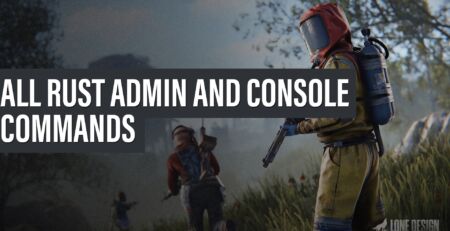Hosting Your First Rust Server: What You Need to Know
First Server Experience
How to Host Your Own Rust Server Are you thinking about hosting your own Rust server for the first time? It can be a hectic and rewarding experience, but it’s important to be informed on the basics and must-knows before getting started. In this guide, we’ll cover the two main hosting methods: self-hosting and using a hosting provider. We’ll also recommend our top pick for a hosting provider, Tempest.net, and explain why it’s the best choice.
Hosting Methods
There are two main methods for hosting a Rust server: self-hosting and using a hosting provider.
Self-Hosting
Self-hosting means using a PC or server that you own to host your own Rust server. This is the cheapest option, and a good way to get started before fully diving in. For a visual aid on how to self-host your Rust server, check out SRTBull’s Youtube video:
Hosting Provider
A hosting provider is a company or organization that rents out servers for clients to use. Our top pick for a Rust hosting provider is Tempest.net, as they offer the best DDOS protection and highest uptime for your server. They also have a range of shared and dedicated hosting options available, depending on your needs and budget.
Shared Hosting ($5-50 per month average) – This means sharing a single machine with multiple people. However, you will have your own server files and access to an interactive and easy-to-use panel. This is a budget-friendly option, especially for beginners. Dedicated Hosting ($75-200 per month average) – This grants you full access to the machine, allowing for higher performance since you can use the entire machine for your own servers. These typically do not come with an easy-to-use panel and are more expensive than shared hosting.




